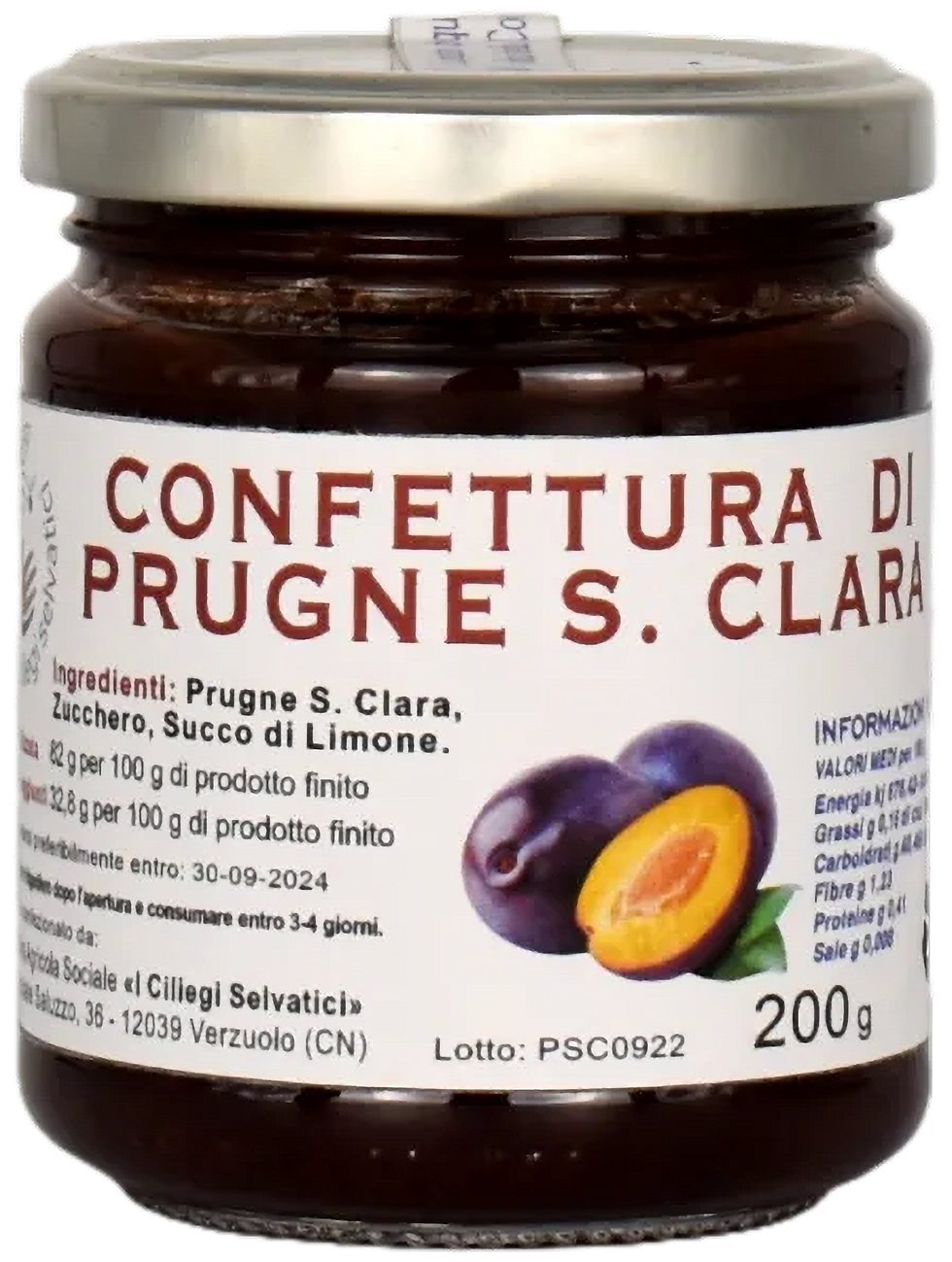Valpolicella Ripasso Classico Superiore S. Urbano DOC - Fratelli Speri
It's a vigorous yet refined wine. It's appreciated for its great versatility. It's naturally made using the "ripasso" technique, which, however, in this case was deliberately applied to the strictest extent permitted by the regulations.
Type: Red Wine
Denomination: Valpolicella Ripasso DOC
Origin: Italy - Veneto
Grape varieties: Corvina Veronese 70% - Rondinella 20% - Molinara and other native varieties 10%
Alcohol Content: 13.5%
Format: 75cl
Allergens: Sulphites
Glass: Petit Balloon
Serving Temperature: 16 - 18°C
Tasting Notes: Impenetrable ruby red. The nose offers aromas of red fruit, spices, and cocoa. On the palate, it is very soft and warm, well-balanced, with rounded, never-overpowering tannins.
Pairings: Pairs well with meat dishes and main courses. Excellent with gnocchi with ragù.
The Winery: Speri produces wine exclusively from its own vineyards and has always cultivated only native Valpolicella grape varieties (Corvina, Corvinone, Rondinella, Molinara, and other indigenous varieties). Respecting the terroir's biodiversity and aiming to maintain the highest level of quality, the Speri family, after years of observation and field experimentation, introduced significant modifications to the traditional Pergola Veronese training system in the early 1990s. The hillside vineyards are cultivated on terraces made of dry stone walls, also known as "marogne." These walls, in addition to being a valuable tool for improving hillside cultivation by slowing runoff and making the soil safer, also have significant historical and ecological value. Thanks to the insolation, these walls become solar collectors in the cold season. A dry stone terrace on a hill is essentially a condominium for various insects that find shelter in the walls, maintaining the ecological balance; all types are found, from large to small. Protecting a Valpolicella vineyard means protecting biodiversity. The Speri winery produces only native Valpolicella grapes: along with the three traditional grapes, Corvina, Rondinella, and Molinara, small percentages of other lesser-known but historic varieties are also used, such as Oseleta, Rossanella, Pelara, Cabrosina, and so on. Corvina is considered the most important grape variety for its tannin and coloring properties. It imparts fruity aromas, especially when grown on hillsides. Rondinella adapts to various soil types, is drought-resistant, and is quite suitable for drying. It is very vigorous and productive. Molinara is used primarily for its contribution of flavor and freshness to the wine. The Valpolicella production area—currently approximately 8,000 hectares of registered vineyards—is bordered to the north by the Lessini mountains, to the south by the Verona plain, to the east by the Soave region, and to the west by the Adige River. The oldest original area, known as Classica, where the winery and vineyards are located, is made up of a series of parallel valleys that wind their way into the southernmost reaches of the Lessinia plateau, northwest of Verona. Thanks to the protection of the mountains and the mitigating influence of nearby Lake Garda, Valpolicella Classica enjoys a mild climate that is particularly suited to grape growing.
top of page
SKU: 11FSP003
€21.40Price
No Reviews YetShare your thoughts.
Be the first to leave a review.
bottom of page
















